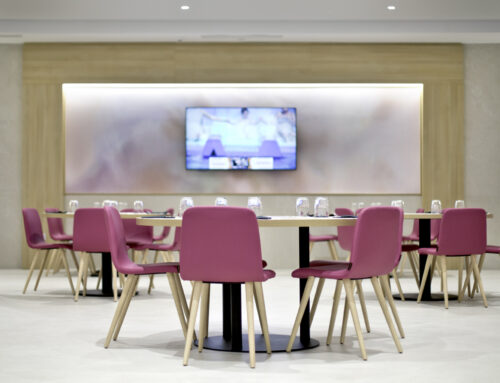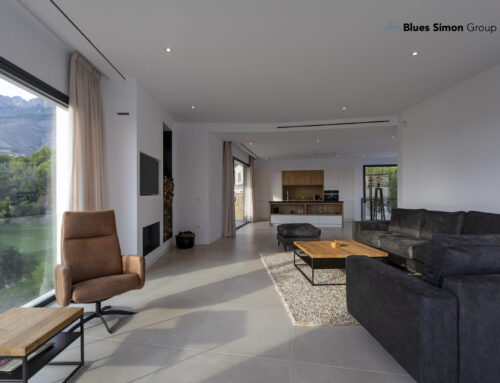Skip to content
Keys to decorate a bathroom in a minimalistic style
Minimalistic style decoration is a trend that emerged at the end of the 60s and, undoubtedly, it is here to stay. Where less is more, where the essence matters, where the lines and simple geometric shapes define the space giving it a sober and elegant character and where the purity, subtlety and cleanliness of colours create an ambience of serenity and harmony that seduces many and that is, therefore, one of the most demanded styles in interior decoration.

In this case, we put our focus on the bathroom and we want to offer some small guidelines on the most influential aspects and current trends to achieve a minimalistic decoration in our bathroom.
Colours
As we have said before, colours must be clean, pure and neutral, we must move between white, black and grey. This does not rule out the use of other, more striking, colours. The idea would be to create a neutral space to which we can add small and selective touches of colour to add contrast. This can be found in for instance decorative elements, coatings, furniture and faucets.
Coatings and floor
A minimalistic style does not mean a cold and unwelcoming environment. On the contrary, in the framework of minimalism we must achieve a warm and comfortable atmosphere. Even though the first thing that may come to mind is a completely smooth surface like that offered by cement or polished concrete, we can also look at the options of tile and wood, and even a combination of the three. Tiles offer us the possibility of opting for different geometric shapes (square, hexagonal, etc.) to create dimension. Wood can give us that touch of colour and texture in certain areas or even on the floor using parquet.

Sanitary wares and taps
Square shapes have a great role in toilet designs although oval shapes can also be used. As for the faucets, chromed steel is a fantastic option that brings touches of brightness and distinction in both a dark and clear composition. But this is not the only option. Brass and matt black finish can be excellent alternatives in search of dark touches in contrast to a predominant white colour in the rest of the bathroom.

Furniture and decoration
Washbasin cabinets, tables, shelves, towel rails, etc. All these elements are considered auxiliary, so they must keep continuity and coherence with each other and with the rest of the space. These are great examples to establish touches of colour and contrast within the global composition, in addition to the taps.
ExpoSiner2018-07-20T08:32:20+00:00
Page load link










